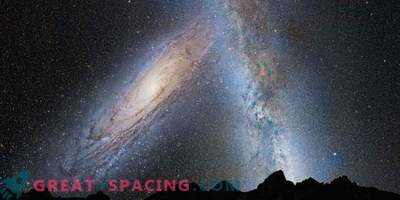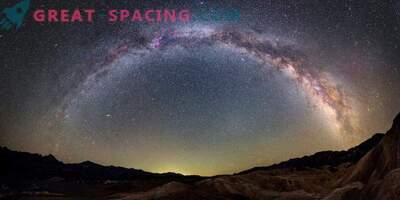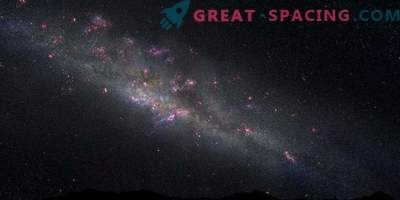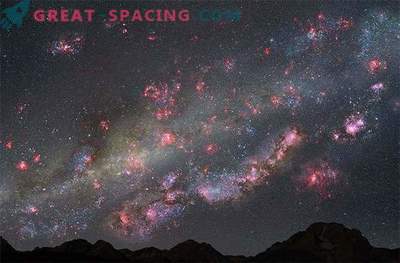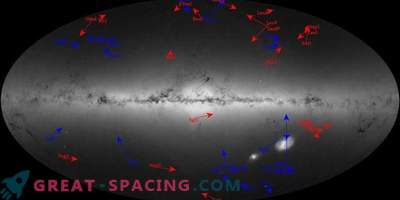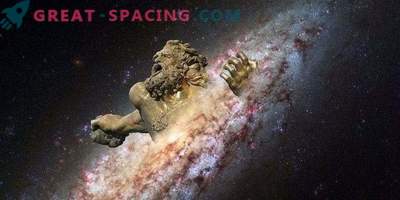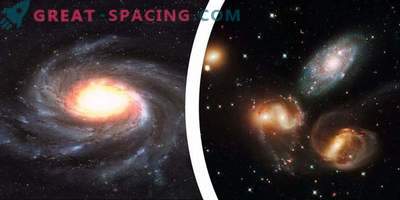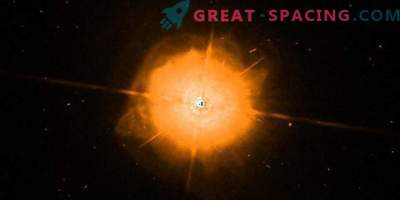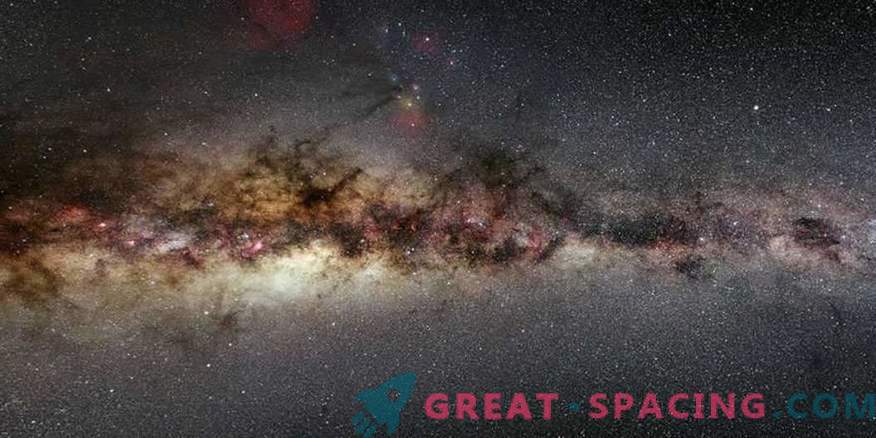
Recently, scientists have been able to figure out a more accurate indicator of the massiveness of the Milky Way (“Weigh the galaxy: new data on the mass of the Milky Way”). But the researchers do not stop and now offer new information on the galactic extent.
Open spaces of a native galaxy
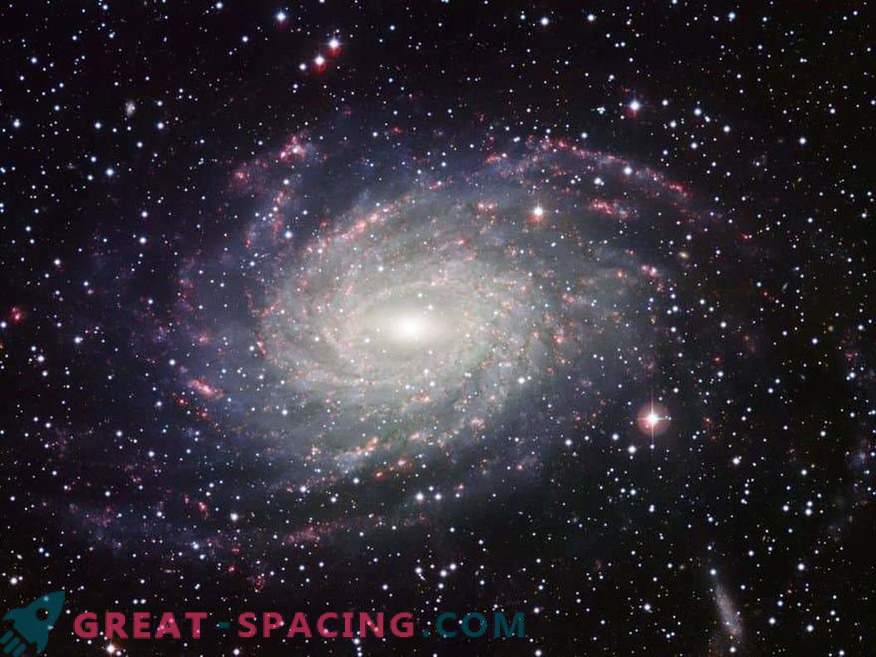
The image shows a similar to our galaxy NGC 6744
You and I were lucky to live in a spiral-type galaxy with a jumper around which more than 40 satellite galaxies-neighbors rotate. Interestingly, the galaxy itself was discovered relatively recently.
It all started with the English astronomer William Herschel. As early as the 18th century, he began to study stellar volumes in various celestial regions. Due to this, it was possible to find an unusual circle, which was later called the galactic equator. Herschel began to guess that the observed stellar objects create a definite related system.
At the beginning of the 20th century, it was believed that there was only one galaxy, beyond which Newtonian emptiness is located. Eyes on reality in the 1920s. Heber Curtis revealed, and in a couple of years Edwin Hubble was able to prove it. That is, the Milky Way is just one of the galaxies. Then what is her size?
Length of the Milky Way
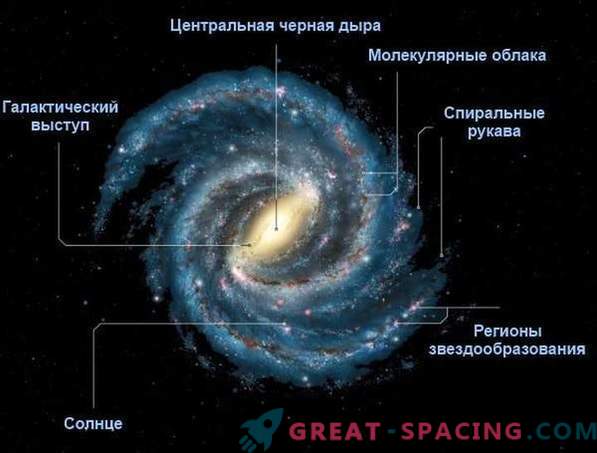
Structure of the Milky Way: top view
To measure an object is difficult if you are literally inside it. Most recently, it was believed that the giant stellar rotating disk in the parameters covers about 170 000 - 200 000 light years. If you were driving at a standard car speed, you could have overcome this distance only after 2 trillion. years old.
In 2015, the length was reduced to 150,000 light years. To search for the truth, one had to carefully examine the chemical components of the most distant stars and use statistical analysis for unidentified or unaccounted objects.
New information came through the Hubble Space Telescope and the unique Gaia mission. These two instruments made it possible to determine the velocity indices of star clusters approaching and receding from our planet.
Hubble allows you to track distant stars, but the Gaia unit, launched in 2013, provides accurate data on the distribution of galactic stars. With its help, it was possible not only to determine the spectral star classes, but also to calculate their coordinates, speed and direction of movement. Due to this, they were able to draw up a 3D map of the Milky Way. By combining research from the Hubble telescope and the latest release of Gaia data (DR2 in 2018), we were able to provide new information. Scientists believe that the Milky Way turned out to be much larger than we previously thought. More specifically, its new length reaches 256,000 light years.
Postscript
Knowledge of the exact mass and size of the galaxy allows us to better study its history of formation and development. However, it is important to understand that this is not the last figures. Gaia will continue research, and the next release will provide an even clearer picture.

